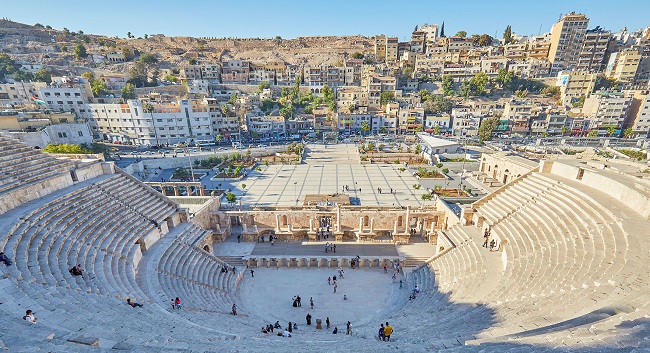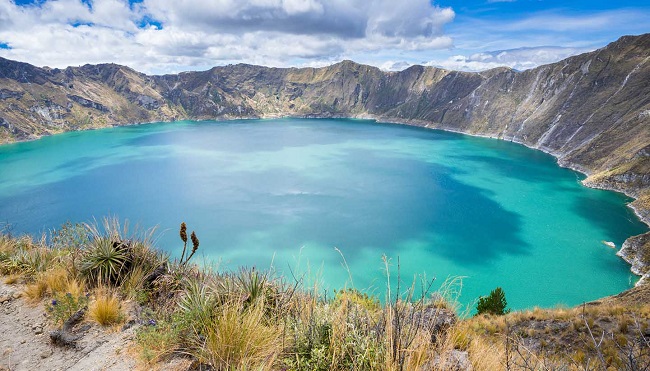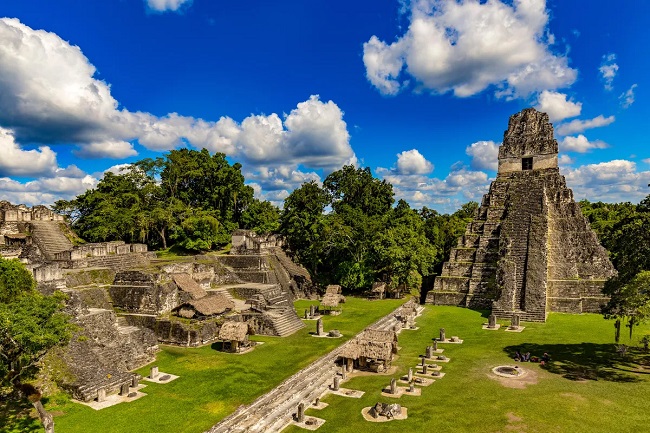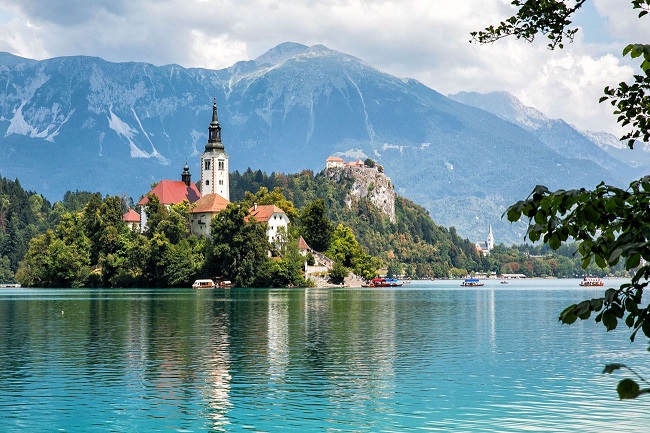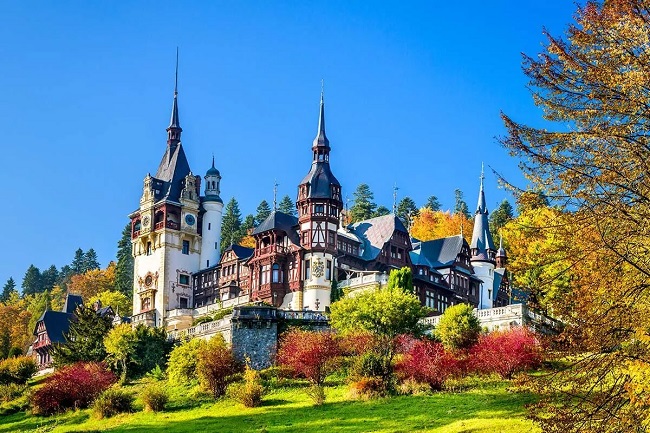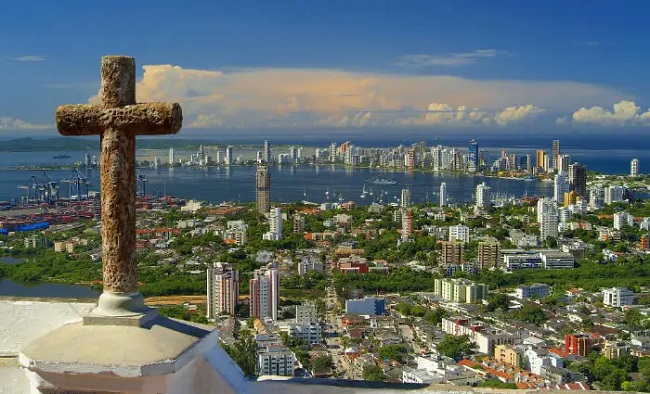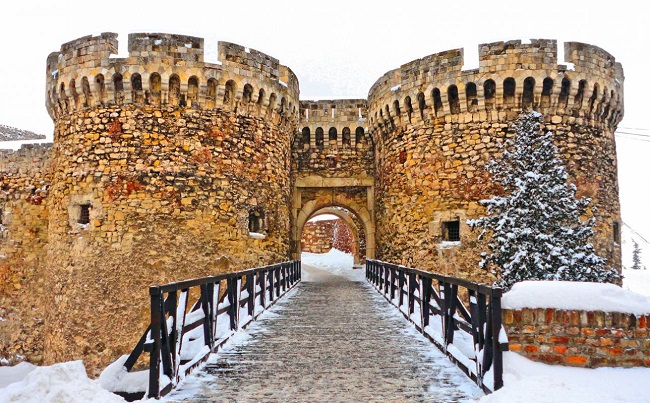Latvia is located between the Baltic Sea and the countries of Estonia, Russia, Belarus, and Lithuania. Both urban attractions, such as Riga, the capital, and natural wonders may be found here.
Top 10 Places to Visit in Latvia
The landscape of Latvia is diverse and beautiful, including everything from waterfalls to national parks. The only way to settle the rivalry between Latvia’s beaches, forests, and mediaeval villages is to visit them all.
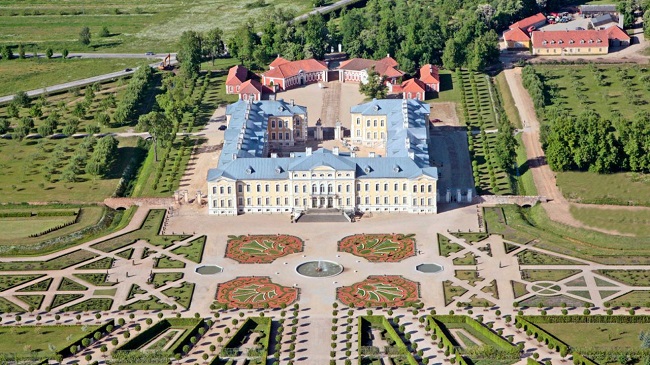
1. Liepaja
Liepaja is located on the Baltic Sea’s eastern shore. Liepaja, which served as the temporary capital of Latvia during World War One, is actually two separate cities. The historical core of the city is located in the southern half.
The northern portion was a top-secret Russian military outpost known as Karosta. Because of this, Liepaja’s architecture varies depending on where you are. The beautiful white sand beaches of Liepaja are a major draw for tourists.
The two busiest beaches are Vecliepaja and Dienvidrietumi, but even they are rarely overcrowded. A large yearly beach music festival takes place in July on one of Karosta’s beaches.
2. Gauja National Park
Most of Latvia remains unspoiled, and you can get back to nature in places like Gauja National Park. Many people visit the park to explore its many caves, cliffs, and other rock formations. Explore massive caves like Gutmanala if you have a penchant for spelunking.
The waters in this cavern are said to have medicinal properties, and the walls are covered in writings. The park’s namesake, the Gauja River, is surrounded by stunning cliffs. Hiking, mountain biking, and kayaking are all fantastic ways to get some exercise while enjoying the park.
3. Kuldiga
The little town of Kuldiga in Latvia is often referred to as the “Latvian Venice” because of the river that winds through the middle of it. Yet, the majority of visitors come to view Europe’s largest waterfall. The width of Venta, a nearby waterfall, is an astounding 240 metres (785 feet).
Salmon leap over the waterfall in the spring, and the natives capture them midair. The waterfall is beautiful, but so is the brick bridge that crosses above it. Much of it is still standing despite the wartime devastation it sustained.
4. Cape Kolka
Slitere National Park can be found in Latvia’s northeastern corner. The park’s crown treasure, Cape Kolka is completely encircled by sea and boasts breathtaking vistas. Cape Kolka’s history and geographical isolation give it a clean, unspoiled atmosphere.
Under Soviet authority, the cape was cordoned off and used for military purposes, prompting the abandonment of several settlements in Latvia. Cape Kolka is a stunning destination for discovering a side of Latvia that few tourists ever get to see. The views across the lake and the white sand dunes are breathtaking in their own way.
5. Cesis
Cesis, in the Central Vidzeme Upland, is one of the oldest settlements in the country. The Old Town is a major attraction, and strolling around its quaint, lovely streets on the original cobblestones is a must. Two amazing castles stand side by side in Cesis.
The first is the old 13th-century Cesis Castle, which is now in disrepair. The New Cesis Castle, built in the 18th century, sits right next door. There are some stunning grounds surrounding the new castle. The Castle of Csis houses the Museum of History and Art of Cesis.
6. Rundale Palace
Rundale Palace is one of the most stunning palaces in all of Latvia. In the 18th century, the Baroque structure was built for the Lords of Courland. The palace’s high-end embellishments, created by German and Italian sculptors and artists, remain a major attraction.
The majority of the rooms have retained their original period furnishings, and these spaces are available for visitors to explore. The Great Gallery, Gilt Hall, and the duchess’s entirely renovated suite are all must-sees. The Rundale Palace Museum is also located here and is well worth checking out.
7. Ventspils
One of the busiest ports in Europe is located at Ventspils, right on the coast of the Baltic Sea. Taking in the sights of the ships coming and going at the port is a great way to learn about the history and culture of the city.
Combine it with a visit to the Seaside Open Air Museum, where you can explore hundreds of artefacts from the city’s past, including traditional fishing shacks, curing houses, and more. In the summer, beachgoers, volleyball players, and kitesurfers flock to the city’s long stretch of pristine white sand beach on the western edge of town.
8. Jurmala
Jurmala is a wonderful day trip for those staying in Riga. Jurmala is a popular beach resort town on the coast of Latvia, adjacent to the Gulf of Riga. It has one of the longest stretches of sandy shoreline in Northern Europe and is the most popular Baltic resort.
Jurmala is well-known for its beautiful wooden buildings in addition to its beach. The oldest buildings, in particular, have a distinct gingerbread feel to them. There are still riding therapy clinics and classic Russian sanatoriums dotted around the coast, remnants of the resort’s history as a location for Russians to recuperate.
9. Sigulda
Sigulda, a mediaeval village less than an hour’s drive from Riga, is located in the Gauja River Valley. The picturesque town of Sigulda, Latvia, is sometimes referred to as “the Switzerland of Latvia,” and for good reason.
The 19th-century Krimulda Mansion, which is now a public attraction, features beautiful gardens and lawns. Ruined castles, such as Krimulda Castle and the Sigulda Medieval Castle Ruins, may be found in Sigulda. While the original Sigulda Castle, which dates back to the 12th century but is currently in ruins, lies next door, the Sigulda New Castle is in pristine shape.
10. Riga
Riga, the capital, is without a doubt Latvia’s most visited city. Vecrga, the Old Town, has a mediaeval appearance but was really rebuilt in the 1990s. The Centrs district of the city, on the other hand, features over 800 remarkably preserved Art Nouveau structures.
Visit the Latvian Ethnographic Open Air Museum if you have an interest in Latvian history and culture. There is a cluster of old-fashioned houses, and the locals are all dressed in period garb.
